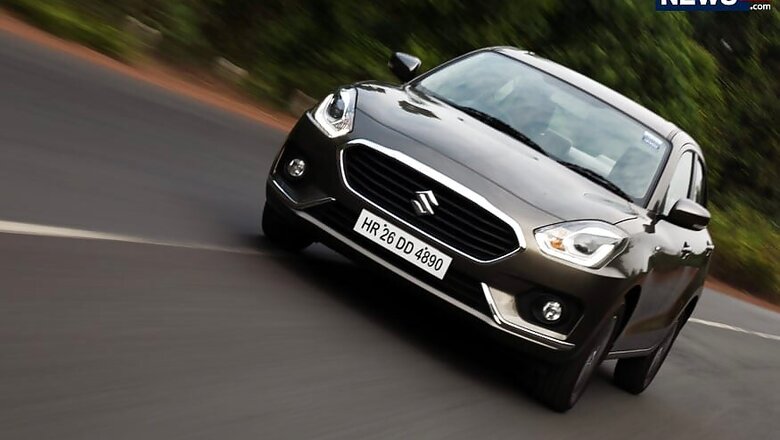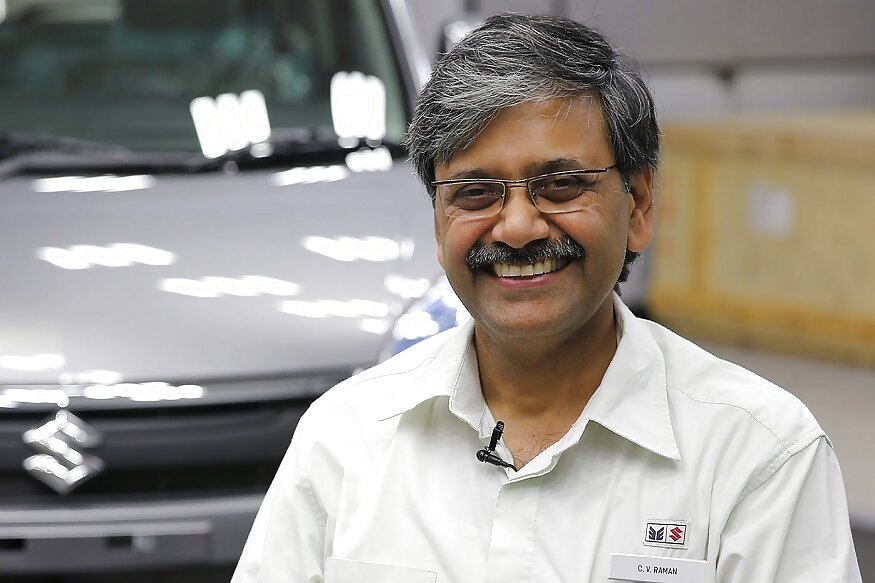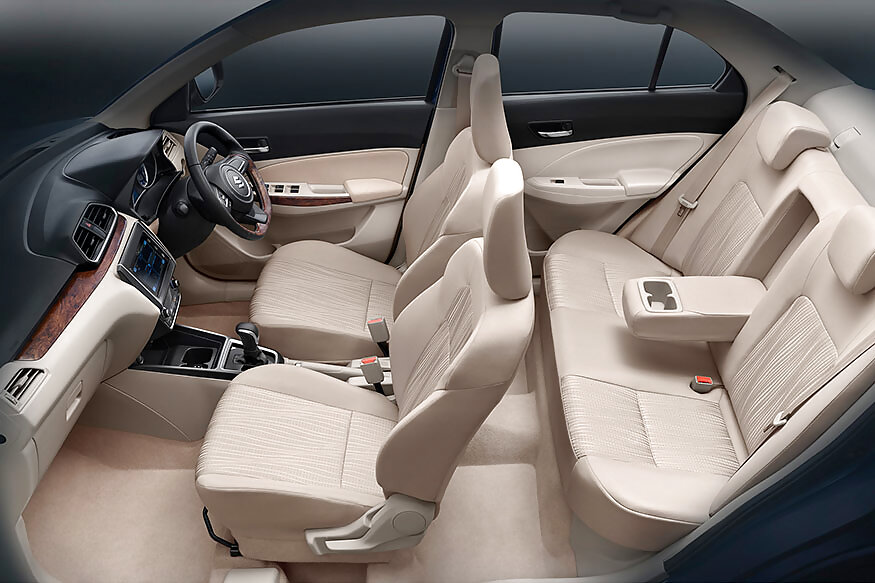
views
It goes without saying how important is safety as far as automobiles are concerned. While globally, there are stringent laws in place to ensure road accidents can be minimized, India is still far behind and need a lot of catching to meet the global standards. Maruti Suzuki, the largest car manufacturer in India, with over 50% of market share needs to play a vital role in contributing to the increased safety standards in India. Maruti Suzuki does understand this growing demand of safe vehicles and their latest cars are equipped with all the bells and whistles as far as safety is concerned.
C.V. Raman, head of R & D at Maruti Suzuki, puts forward his views on the critical role of the seat belt in cars that meet global safety norms-

The car industry is investing in new equipment such as airbags and anti-lock braking systems. But that alone is not enough. Companies are making other innovations so that the additional equipment, while delivering higher safety, does not unduly increase vehicle weight and compromise on other important aspects like emission, performance and customer comfort.
Car companies are investing in extensive research, testing and evaluation to ensure these cars meet advanced safety norms. In Maruti Suzuki, for example, we crash test 35-40 cars of each model at our advanced R & D Centre in Rohtak (Haryana) before we can be satisfied that it meets the forthcoming safety norms.
However, all these efforts may be nullified if we do not acquire a basic habit: putting on the seat belt while travelling in an automobile. Strange as it may seem, the more advanced the safety features in a car, the more critical is the role of the humble seat belt. For example, in a vehicle with airbags, if the passengers are not wearing the seat belt at the time of a crash, an airbag could end up causing harm to the passengers.
As per WHO (report published in 2015), wearing a seat belt reduces the risk of fatality among drivers and front seat passengers by 45-50% ! The risk of serious injuries comes down by 45%. Among passengers on the rear seat, says WHO, seat belts reduce fatal and serious injuries by 25%. In fact, this is leading countries to not just adopt comprehensive seat belt laws, but also strengthen enforcement.
This expert view is reinforced in our experience in the R & D lab. In our crash lab tests, we use dummies made of steel and rubber with sophisticated sensors embedded in them to simulate the human body and measure the damage caused during a crash. We have dummies of different sizes and shapes which represent a typical male or a female or a child sitting in the car. Our tests show the impact is much more severe on dummies that do not wear a seat belt.Also read the importance of Vision in safe driving!
India’s record with regard to seat belts is dismal and shocking. In most parts of the country, vehicle users are not even expected to wear a seat belt. There is practically no enforcement of this rule. Even where enforcement is stringent, it is confined to the passengers in the front seats. For some strange reason, rear seat passengers are not expected to wear the seat belts provided for them.















Comments
0 comment